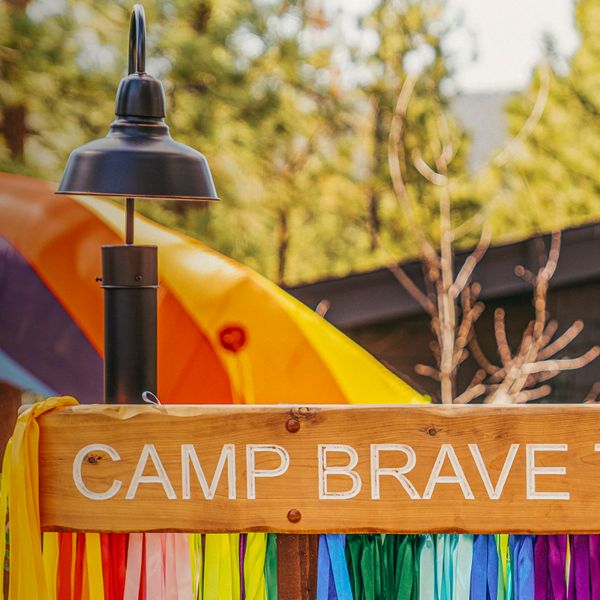Philadelphia, like everywhere else on the planet, is dealing with the effects of climate change. And there, like everywhere else, extreme heat and other dangerous consequences of the changing climate fall disproportionately on marginalized communities. But Philly is tackling the problem in a unique way, through art and imagination, thanks to a collaborative initiative called the Heat Response Project.
Dreamed up by the Trust for Public Land and led by a team of community leaders and local artists, the initiative strives to address climate change by first listening to the people most impacted by it, then using art to come up with solutions. It has so far involved public art projects, plans for improving green spaces, and one roving popsicle cart. “It’s giving voice to the contemporary issues of climate change through public space creative engagement,” says Eve S. Mosher, an environmental artist and the coordinator of Heat Response.
Mosher’s work focuses on artistic responses to climate change. For example, for her 2007 project, HighWaterLine, she drew a 70-mile-long chalk line through Brooklyn and Manhattan to mark new flood zones in a warming planet. Her work with Heat Response is a bit more optimistic: “We’re doing a lot of creative imagining of what’s possible,” she says.
It couldn’t come at a better time. Last July was the globe’s hottest on record, and scientists predict more extreme heat in the summers to come. These temperatures lead to heat illnesses and deaths—consequences that hit marginalized communities the hardest. Neighborhoods like Fairhill, Grays Ferry, and Southeast Philadelphia (all part of the Heat Response project) might be 10 degrees or more hotter than wealthier, greener areas of the city, thanks to decades of racist policy and disinvestment that left some communities without shade trees, parks, and yards.
Heat Response, which is also supported by the Pew Center for Arts & Heritage, kicked off in early 2020 and will continue through mid-2022.
We caught up with Mosher to talk about engaging with communities, creative solutions to urban heat, and the power of art to inspire positive change.


